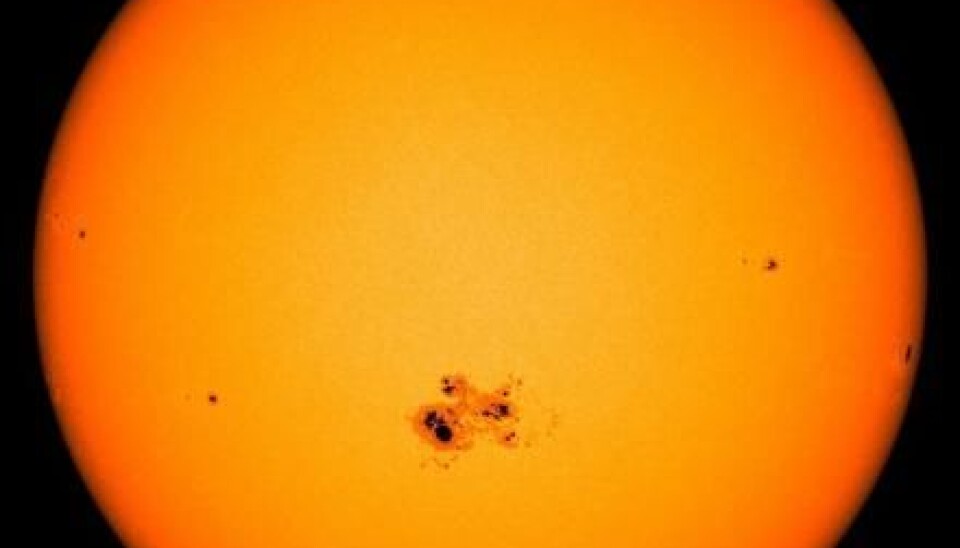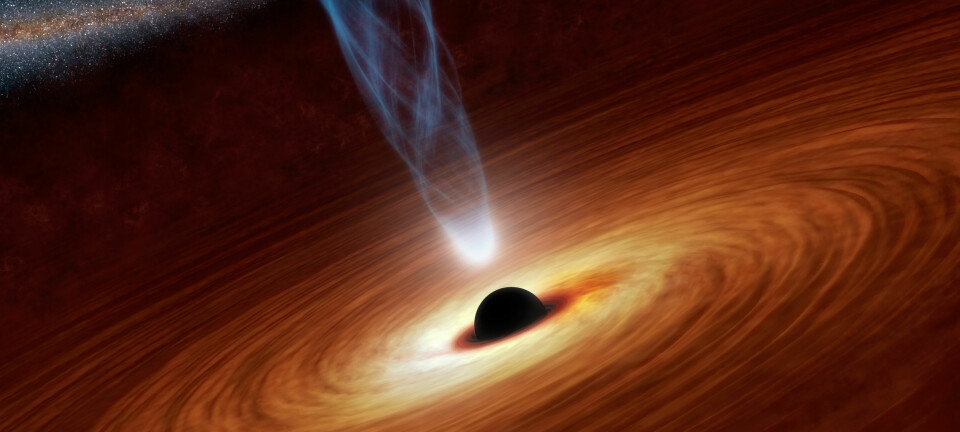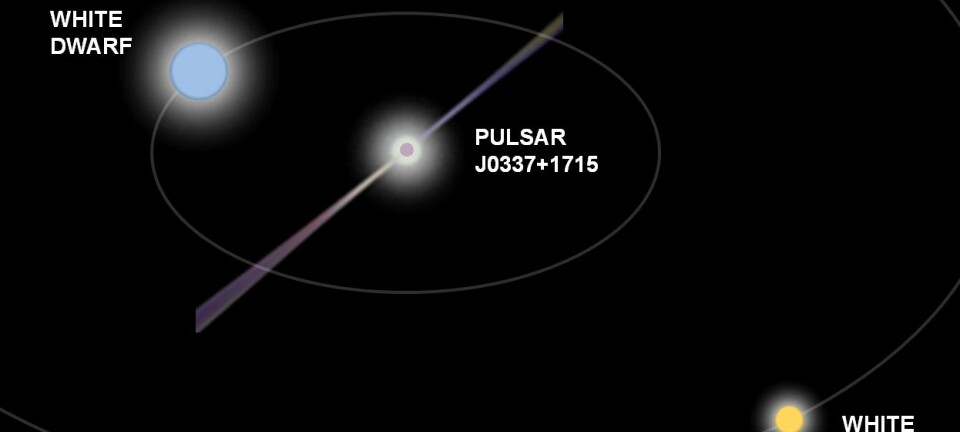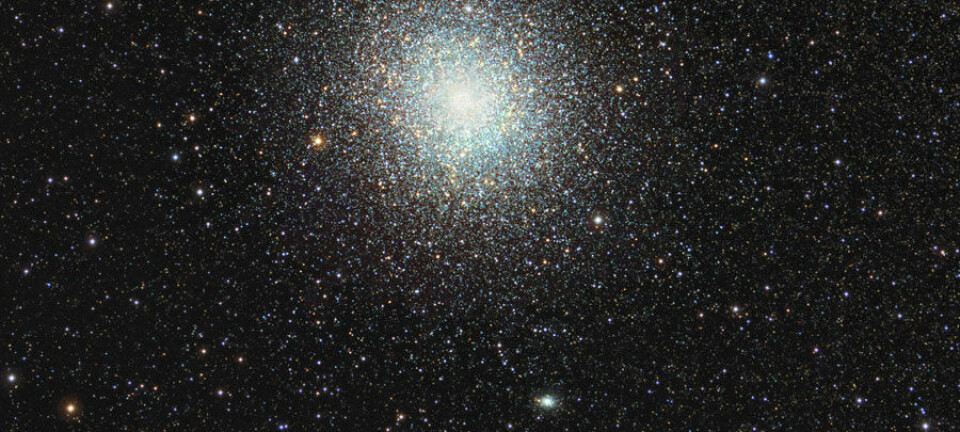
Determining the age of a star just got a bit harder
Old stars just keep on going and rotate even faster, making it difficult to estimate their age.
It is already hard work to determine the age of a star, and now it just got a bit harder. New research suggests that there is no apparent correlation between the speed at which a star rotates and it’s age--at least not for old stars.
Astronomers believed that they could calculate a star’s age by measuring their rotation--a method known as gyro-chronology--but according to a new study, this technique does not work for old stars, which rotate much faster than expected.
This presents a bit of a problem as calculating a star’s age is a key step in locating nearby planets that are old enough to support life.
The results are published in the scientific journal Nature.
Full steam ahead for elderly stars
"A new-born star rotates quickly and then it slows down. So the idea was that you only had to measure the rotation speed to calculate it’s age," says co-author Victor Silva Aguirre, an assistant professor in the Department of Physics and Astronomy, Aarhus University, Denmark.
"But now we’ve shown that older stars don’t put on the brakes. They continue to rotate quickly."
A star slows down when it throws out matter into space. Complex magnetic fields bend and twist inside the star and send out plasma. This takes away part of the rotational energy of the star, and it slows down,”
"But the magnetic brakes may not work as well in older stars, and we don’t know exactly why," says Aguirre.
Two methods gave different results
The scientists reviewed the age of 21 stars in two different ways, namely by looking at their rotation speed and using astro-seismology--measurements of star quakes.
But it became clear that the two methods did not always produce the same result. Astro-seismology could predict the stars age with an accuracy of about 10 per cent, and it was clear to Aguirre and his colleagues that gyro-chronology simply couldn’t predict the age of stars older than 2.5 billion years old.
Colleague disagrees
Not everyone thinks that these new results rule out the use of geochronology in calculating the ages of older stars. Take astronomer Søren Meibom, from the Harvard-Smithsonian Center for Astrophysics in the US:
"I don’t think this result is compelling, and it doesn’t show why an age can’t be determined by the rotation of stars older than the sun," he says.
The problem, says Meibom, is that the theoretical assumptions are based on measurements of a collection of stars, which are vastly different to one another.
“There’s no information about whether they are single stars or double stars, which affects how we determine the rotation period. And so we assume that the astro-seismic parameters--including ages--are correct," he says.
New results on the way
The most reliable measurements of stellar ages come from star clusters, where all the stars formed at about the same time and have similar chemical composition. But the stars in this new study are too diverse for Meibom, who suggests that the uncertainties of the new results mean that they should be taken with a pinch of salt.
"We still have no evidence that the ages of star clusters match those from astro-seismology. Not to mention how difficult it is to determine the rotation periods of stars that are the same age as the sun or older," he says.
He is hopeful that this will be settled soon.
"I think, we’ll soon see results for star clusters, which are as old as the sun and perhaps older. These measurements will have greater weight than the 21 stars that are presented here," he says.
-------------------
Read the Danish version of this story on Videnskab.dk
Translated by: Catherine Jex








